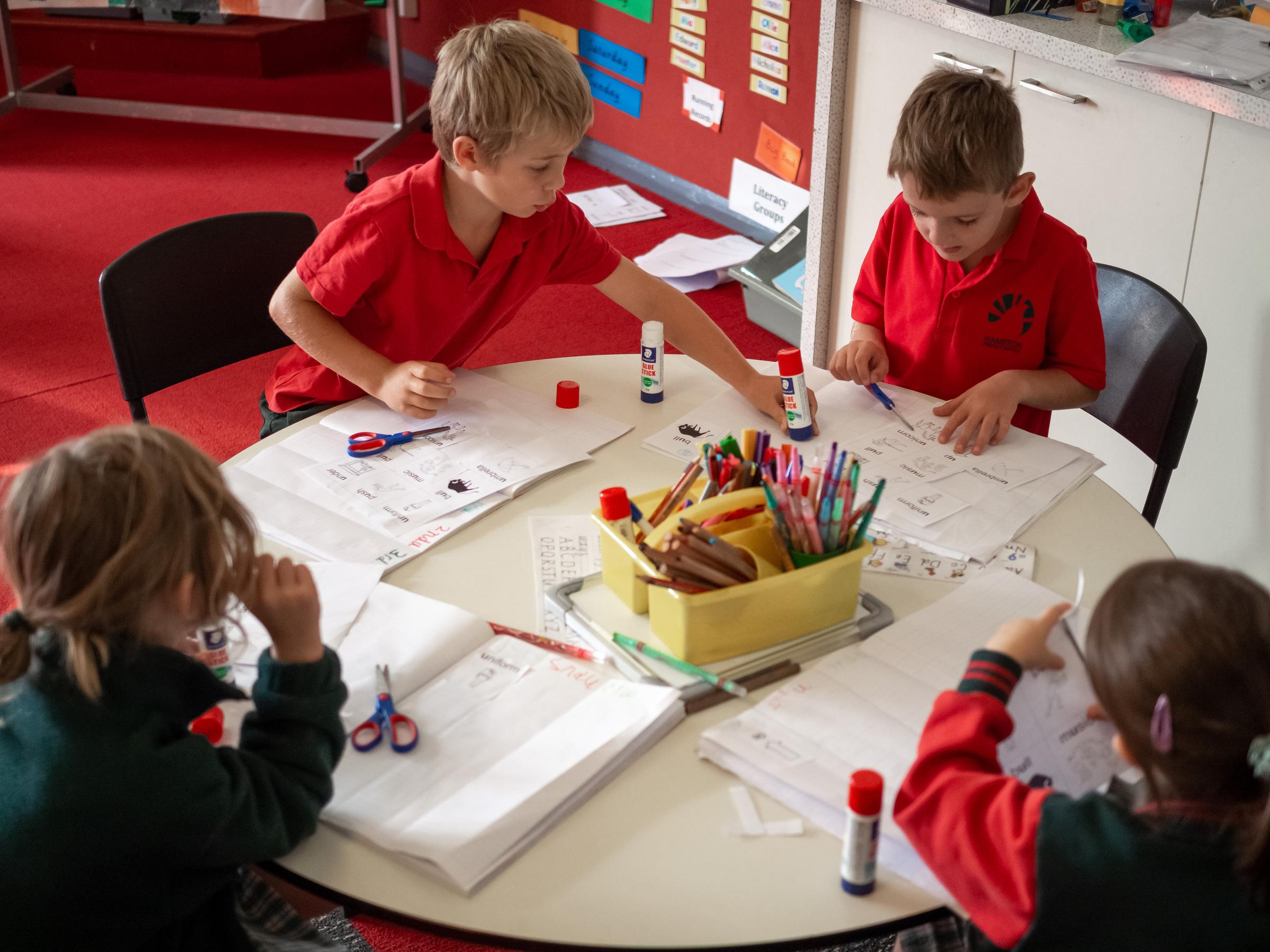Mathematics
Number I Algebra I Measurement I Space I Statistics I Probability

Mathematics
Number I Algebra I Measurement I Space I Statistics I Probability
Students will participate in lessons that help build understanding, fluency, problem solving skills and reasoning skills in all areas of Mathematics.
Number – This term in Number, students will extend their understanding of mathematical patterns, operations and algebraic thinking. They will identify and continue number patterns, explore missing values in equations, and create consistent rules that can be applied to different sets of numbers. Students will revisit BODMAS to strengthen their understanding of the order of operations and apply this knowledge to solving balance and algebraic equations. As the unit progresses, students will use their problem-solving skills to interpret worded problems and explore how algorithms and programming formulas can be used to represent and solve mathematical situations.
Measurement – This term in Measurement, students will explore the concept of mass, developing their ability to estimate, measure, and compare the mass of different objects using appropriate units and tools. They will revise key areas such as angles and area, applying these skills to real-world and problem-solving contexts. Students will also engage in worded problems to strengthen their ability to interpret and apply measurement concepts.
Space – This term in Space, students will continue to refine their geometric reasoning skills. They will explore nets of 3D shapes, and learn how to translate, rotate, and reflect shapes on the coordinate plane using Cartesian coordinates. Students will investigate a variety of angle relationships, including corresponding and supplementary angles, and apply these understandings to solve spatial reasoning challenges. Throughout the term, they will also revisit and consolidate key concepts in preparation for assessment.
Statistics – This term in Statistics, students will deepen their understanding of data representation and analysis. They will explore mean, median and mode as measures of central tendency, learning how to calculate and interpret these to make sense of real-world data sets. Students will also construct and analyse stem-and-leaf plots to organise data efficiently and identify patterns or trends. These skills will help students draw meaningful conclusions and communicate their findings clearly.
Probability – This term in Probability, students will investigate how likely events are to occur and describe outcomes using mathematical language. Through activities such as the 'Pot of Gold' and 'Probability Experiments', students will conduct hands-on investigations to analyse chance events, compare theoretical and experimental probabilities, and identify patterns in outcomes. These experiences will strengthen their ability to reason about uncertainty and make informed predictions.